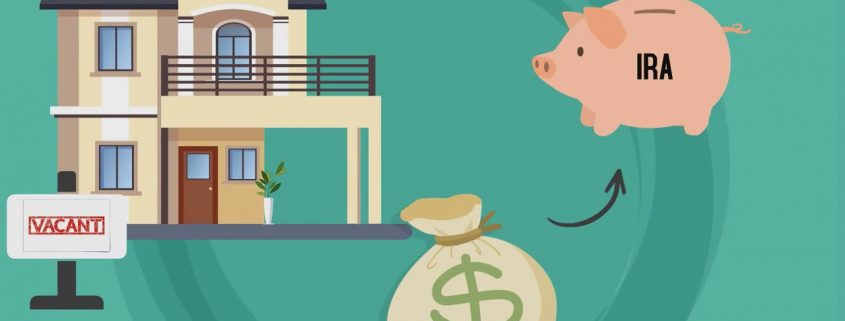Real Estate Investing in a Self-Directed IRA: Tips and Tricks
What’s the most confident you can feel in retirement? When you have an income that doesn’t require your presence. To many investors, building that income means investing in real estate. And among the many investment options available within a Self-Directed IRA, real estate investment stands out as a compelling choice. But how can you make a real estate portfolio within a Self-Directed IRA work for you? Let’s explore some common tips and tricks you can use to get started.
Diversifying with Real Estate IRAs
One of the primary advantages of Self-Directed IRAs is the freedom they offer. Unlike conventional IRAs managed by financial institutions, Self-Directed IRAs put you in the driver’s seat. With a Self-Directed IRA, you can take control of your retirement savings and invest in a wide range of assets, including real estate.
Benefits of Real Estate Investing in Self-Directed IRAs
So, why should you consider real estate as an investment option within your Self-Directed IRA? Here are some key benefits to consider:
- Passive income investing: Real estate investments can generate a steady stream of rental income, providing you with a source of passive income during retirement.
- Tax advantages: Investing in real estate through a Self-Directed IRA can offer tax benefits. Rental income and capital gains generated within the IRA are tax-deferred, allowing your investments to grow faster.
- Diversification: Real estate can add diversification to your retirement portfolio, helping you spread risk and reduce your reliance on traditional stocks and bonds.
- Increased flexibility with your investments: With a Self-Directed IRA, you have control over your real estate investments. You can choose the properties, manage them, and make decisions that align with your investment goals.
Tips for Successful Real Estate Investing in Self-Directed IRAs
Now that you understand the advantages let’s delve into some tips and tricks for successful real estate investing within your Self-Directed IRA:
- First, perform your due diligence before you get involved in any investment. Just as with any investment, thorough research into real estate is key. Evaluate potential properties carefully, considering location, market trends, and potential for rental income or appreciation.
- Next, familiarize yourself with the rules. After all, Self-Directed IRAs come with specific rules and regulations. It’s crucial to understand and adhere to these rules to avoid penalties or disqualification of your IRA. For example, you cannot use the property for personal purposes while it’s held in the IRA.
- Consider consulting a professional. Because real estate investing can be complex, especially within the framework of Self-Directed IRAs, you should consider consulting with real estate professionals, financial advisors, or a Self-Directed IRA custodian like American IRA to navigate the process smoothly.
- Managing real estate within your Self-Directed IRA requires careful attention. You can hire a property manager or management company to handle day-to-day operations, ensuring your investment remains compliant.
- Don’t necessarily put all your IRA funds into a single property. Diversify your real estate investments to spread risk. You can invest in residential properties, commercial real estate, or even real estate-related assets like Real Estate Investment Trusts (REITs).
- While you can purchase real estate outright with your IRA funds, you can also use leverage by obtaining a non-recourse loan. Be aware of the associated risks and consult with experts to make informed decisions.
Real estate investing within Self-Directed IRAs offers an exciting avenue for diversification and potential financial growth. By following the tips and tricks outlined in this post, you can set yourself up for a successful retirement—full of the potential that comes with real estate. If you’re interested in exploring the world of Self-Directed IRAs further, reach out to American IRA at 866-7500-IRA for more information about real estate investing within an IRA.










